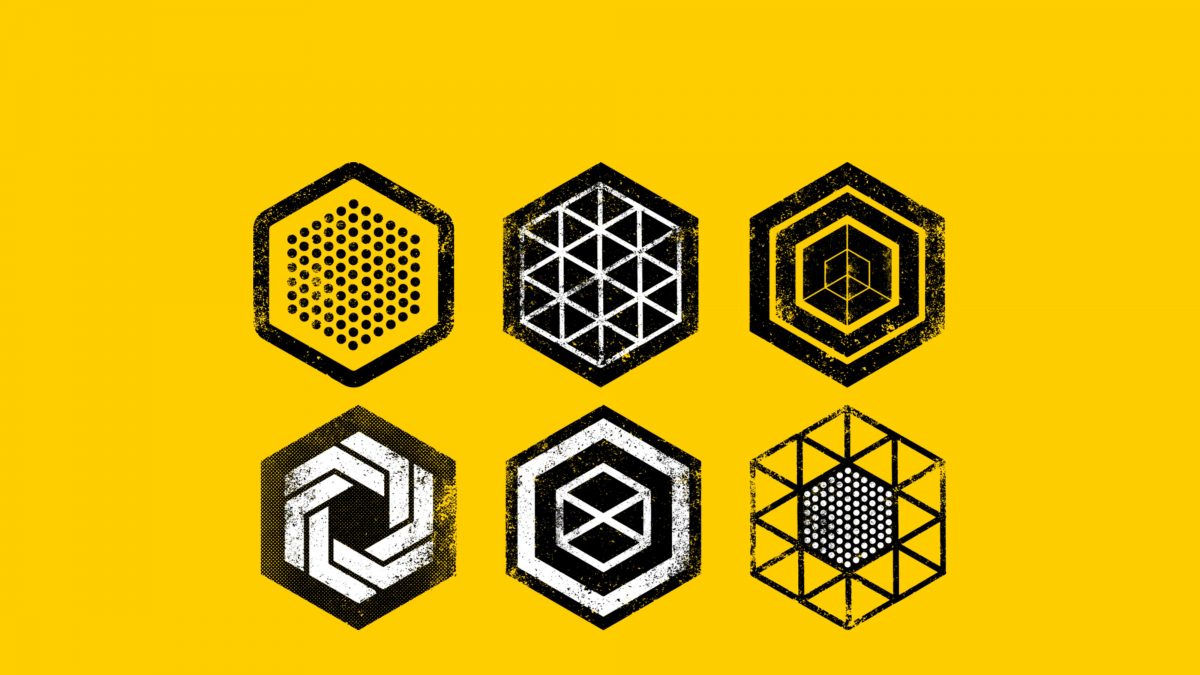The Quadruple Innovation Helix concept is the synthesis of top-down policies and practices from Government, University and Industry balanced and shaped by bottom-up initiatives and actions by Civil Society.
Contact Information
- Name
- Saeed Valadbaygi
- Title
- Executive Director
- Phone
- 14162200292
- saeed@therisk.global

